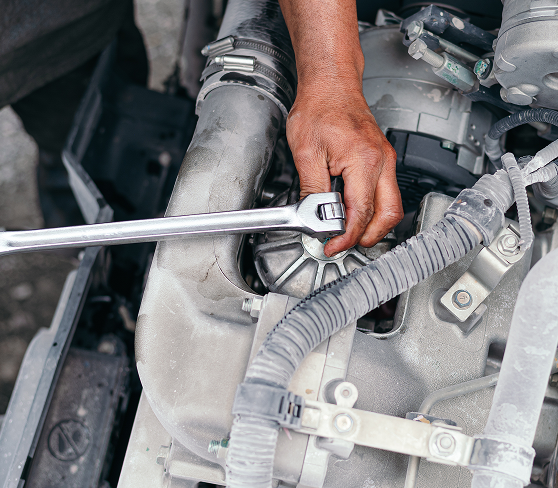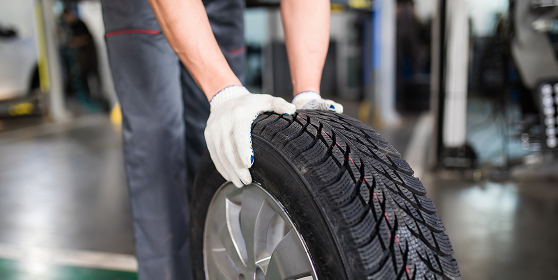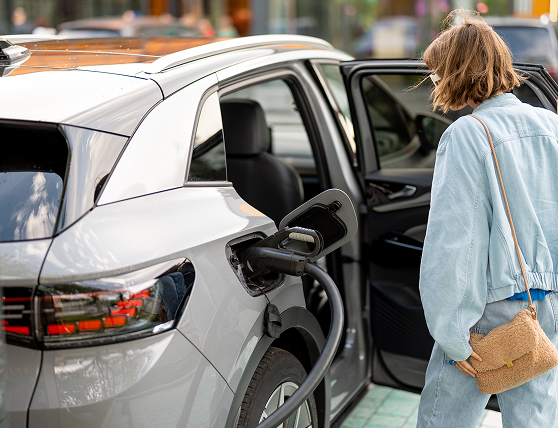Discover the benefits of a non-bank lender with Metro Finance. Enjoy tailored solutions, flexible terms, and expert support for both individuals and businesses.
Non-Bank Finance Benefits: Why Choosing an Alternative Lender Makes Sense
Non-bank lenders are growing in popularity as a borrowing alternative to traditional banks. In this blog, we’ll explore some of the key differences between non-bank lenders and banking institutions, as well as looking at what makes non-bank lenders so appealing for a wide variety of borrowers.
What is Non-Bank Finance?
As the name suggests, non-bank finance refers to financing that comes from an institution that isn’t a bank, credit union or building society. Because of how non-bank lenders source funds and structure their business operations, they are often able to offer a more flexible, tailored lending solution for borrowers, even those who might have been previously unsuccessful in obtaining lending or have been deemed ‘higher risk’ by the banks.
Key Benefits of Non-Bank Finance
01 /
Faster and Easier Application Process
Because non-bank lenders are often smaller operations compared to traditional banks, they’re able to move more quickly in the application process as they are often less bogged-down in bureaucracy, procedural red tape and rigid lending algorithms.
02 /
Personalised Service
Smaller teams mean more personalised service. At Metro, Real People, Reliable Finance isn’t just a tagline, it’s how we do business. We pride ourselves on building genuine relationships and delivering personalised service every step of the way.
03 /
Competitive Interest Rates
Smaller institutions mean less overheads, which allow non-bank lenders to pass on these savings to customers and keep their interest rates sharp. Because non-bank lenders secure funding from a variety of sources rather than deposits like a bank, they can react to market trends faster – allowing them to be competitive with typically slower-moving big banking institutions.
04 /
Greater Flexibility
There’s no one-size fits all approach for non-bank lenders. Because each application is assessed individually, usually by a person and not a computer, lending terms and rates can be tailored to suit the individual and their specific needs.
05 /
Great Accessibility for a Wider Range of Borrowers
As we’ve discussed, non-bank lenders are able to offer greater flexibility when it comes to loans, and this also applies to the type of borrowers they can provide lending to.
Self-employed individuals without a regular employee salary that are deemed to be higher risk to bank lenders are some of the borrowers who successfully receive funding from non-bank lenders.
Benefits of Non-Bank Lenders for Businesses
1. Custom Financing for Commercial Needs
Small-medium businesses can also at times find securing finance from a bank difficult because their income is less predictable. Because non-bank lenders are not bound by the same rigid regulations of large banking institutions, they can approve more diverse loan applications, giving business borrowers fast access to funds for important purchases when they need it.
Commercial finance solutions cover a range of business assets and equipment purchases, including:
- heavy machinery
- agricultural equipment
- tertiary assets, or tools of trade
Many non-bank lenders specialise in financing these types of assets. Talk to one of Metro’s friendly brokers to find out about a range of options suited to your business.
2. Support for Sustainable Business Practises
In recent years, sustainability has become an important part of business operations and a major consideration for customers. Metro Finance is committed to supporting customers on their journey with sustainable business loans tailored to support the transition to more environmentally-friendly technologies such as:
- electric vehicles
- commercial equipment
- battery storage
- solar power
In 2024, Metro launched its MetroEco product, which offers discounted rates and flexible terms for a range of environmentally-focused assets and technologies. To find out more, head to the MetroEco page.
Benefits of Non-Bank Lenders for Individuals
1. Affordable Personal Car Loans
All the same benefits apply to car loans with non-bank lenders, including competitive interest rates, personalised service and fast, flexible loans. Because many car loans are secured against the vehicle being financed, they are more readily accessible to a variety of individuals and businesses with non-bank lenders. To find out more about car loans with Metro, click here.
2. Novated Leases
Novated leases are a great way for employees to get into the car/s of their choosing through their employer and a financier, while taking advantage of a range of tax benefits and savings. When it comes to novated leasing with non-bank lenders, there are lots of options to choose from in terms of lease terms and payment structures. To find out about Metro’s novated leasing options, follow the link here.
Contact Metro Finance for Expert Help
Want to know more? Chat with a Metro expert or one of our friendly brokers to learn more about the type of finance products we offer, and how we can create a tailored financial option to suit your needs.
Secured Car Loans - Frequently Asked Questions
Can I get a secured car loan with a poor credit score?
Contact your asset finance broker who can assist you with applying a commercial finance loan or alternatively you are welcome to contact Metro who can provide you with a list of accredited Metro brokers who you can get in touch to arrange an application.
What happens if I can't make the payments on my secured car loan?
If you’re unable to make payments on your secured car loan, it’s important to act quickly. Since your car serves as collateral for the loan, the lender has the right to take back the car and sell it to recover the money you owe.
Before things get to that stage, many lenders are willing to work with you if you’re facing financial difficulties. If you’re struggling to make payments, it’s a good idea to contact your lender as soon as possible to discuss options like adjusting your payment plan or temporarily pausing payments (hardship arrangements). Ignoring the issue could lead to penalty fees and damage to your credit score, making future borrowing more difficult.
Can I use a secured car loan to buy a used car?
While the exact timeframe can vary depending on various factors, including the completeness of the application and the complexity of the financing request, we strive to provide a decision as quickly as possible.


























